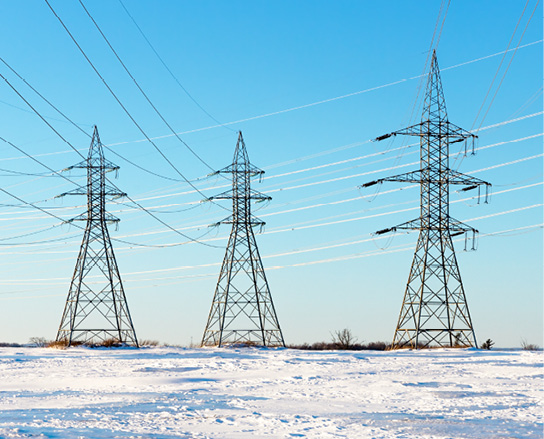2021–22 Annual Report of the Canada Energy Regulator – What the CER Regulates: Energy in Canada

Energy plays a central role in everyone’s life. From the food we eat to the homes we live in, to the clothes we wear, everything requires energy.
In 2020, the energy sectorFootnote 1 made up 8.1 per cent, or $168 billion, of Canada’s Gross Domestic Product. The energy sector directly employed 293,000 jobs of the national workforce and total employment – including indirect jobs – was estimated at 4.7 per cent (or 845,500 jobs). Energy products made up 18 per cent of Canada’s total 2020 exports and were valued at $95.1 billion
The CER regulates over 81,000Footnote 2 km of pipeline. If a pipeline system crosses provincial or international boundaries, it is regulated by the CER. If a pipeline system is contained within a province, it is generally under the jurisdiction of a provincial regulator.
 The CER also regulates 85 operating international power lines that total 1,482Footnote 2 km in length. Those transmission lines transport power generated mostly from renewable sources.
The CER also regulates 85 operating international power lines that total 1,482Footnote 2 km in length. Those transmission lines transport power generated mostly from renewable sources.
Additionally, the CER regulates pipeline tolls and tariffs, energy exports, natural gas imports, oil and gas exploration and drilling in certain northern and offshore areas of Canada as well as offshore renewable energy.
Canada remains a land with immense natural resources – and that is a great advantage for Canadians – both today and for decades to come.
- Date modified:
